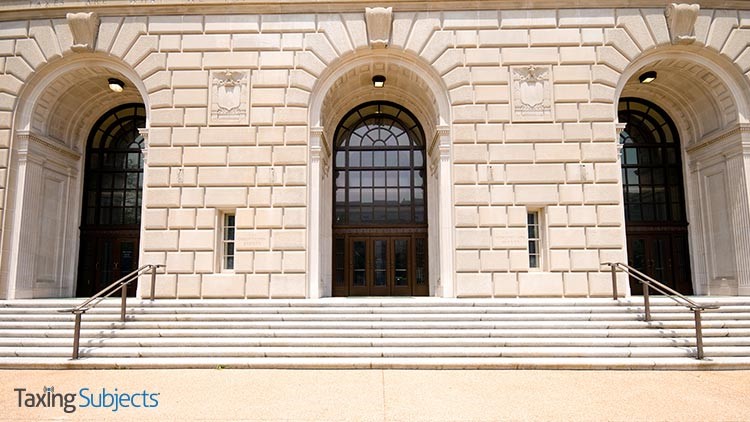
A government audit says that allowing taxpayers to electronically correct their returns is more than just good customer service—it’s good business.
The audit, performed by the office of the Treasury Inspector General for Tax Administration (TIGTA), found that allowing taxpayers to correct their e-filed returns just makes sense.
What did TIGTA find?
As of mid-December of 2019, the IRS accepted e-filed tax returns that contained more than 9 million identified errors. The audit says that adds weight to the push to expand the IRS’ error correcting system into the electronic realm.
“Providing taxpayers with the opportunity to self-correct errors on accepted e-filed tax returns can reduce taxpayer burden and improve the efficiency and effectiveness of tax return processing. When practical, providing taxpayers with the opportunity to self-correct and resubmit their e-filed returns can reduce delays in obtaining their refunds,” the audit states.
This, the Inspector General says, was especially true when considering the impact the COVID-19 pandemic had on IRS operations.
In addition, the audit determined the IRS isn’t using its own tax return data to solve tax errors in a systemic fashion. “TIGTA identified two error codes in which expanding the use of e-filed tax return data could prevent 537,769 e-filed tax returns from being identified for manual verification and result in an estimated cost savings to the IRS of $962,607 per year,” the audit reports.
The report also faults erroneous tax examiner entries for adding to the IRS burden and costs.
Analysis of Tax Year 2018 Child Tax Credit and Additional Child Tax Credit claims identified 8,397 tax returns for which taxpayers received $8 million more than they were entitled, and 12,147 tax returns for which taxpayers received $9.1 million less than they were entitled because of tax examiner errors in the verified fields.
Stop and go of new tax laws
Another problem occurs when a return has to be suspended during processing and reactivated. This, the audit points out happens when returns have to be suspended while the agency makes programming updates—such as those needed to implement changes in tax law late in the calendar year.
As of Feb. 15, 2020, the IRS suspended some 98,000 tax returns that contained tax extender items. But those returns had to be manually suspended and reactivated once the programming was done, at a cost of more than $176,000 to the IRS.
The IRS has an Error Resolution System (ERS). It’s tasked with identifying and addressing tax return errors made by taxpayers, tax preparers and IRS employees during the tax return process.
During the 2019 Filing Season, 13.9 million (9%) of the 155.8 million total individual tax returns filed were sent to the ERS for manual review. TIGTA’s audit was done to see just how well the ERS was performing.
What is the impact on taxpayers?
The ERS identifies errors on paper and e-filed tax returns. Tax returns flagged by the ERS stay in the inventory until a tax examiner takes initial action on all error conditions on the return.
For those tax returns with errors that require additional information from the taxpayer or additional research of other IRS systems, the tax examiner suspends the return from processing until the additional research is completed or a response is received from the taxpayer.
The Inspector General found a willing audience for the nine recommendations made by the audit report. The report generally seeks to improve the agency’s administration of the ERS program, including developing processes to provide taxpayers the opportunity to self-correct errors on accepted e-filed returns.
IN addition, the recommendations include stem-wide approach to the error resolution process addressing tax return errors. TIGTA also recommended devising processes and procedures to identify and correct tax examiner errors in verified fields.
IRS management agreed with all nine recommendations from TIGTA and said the IRS plans to take appropriate corrective action.
